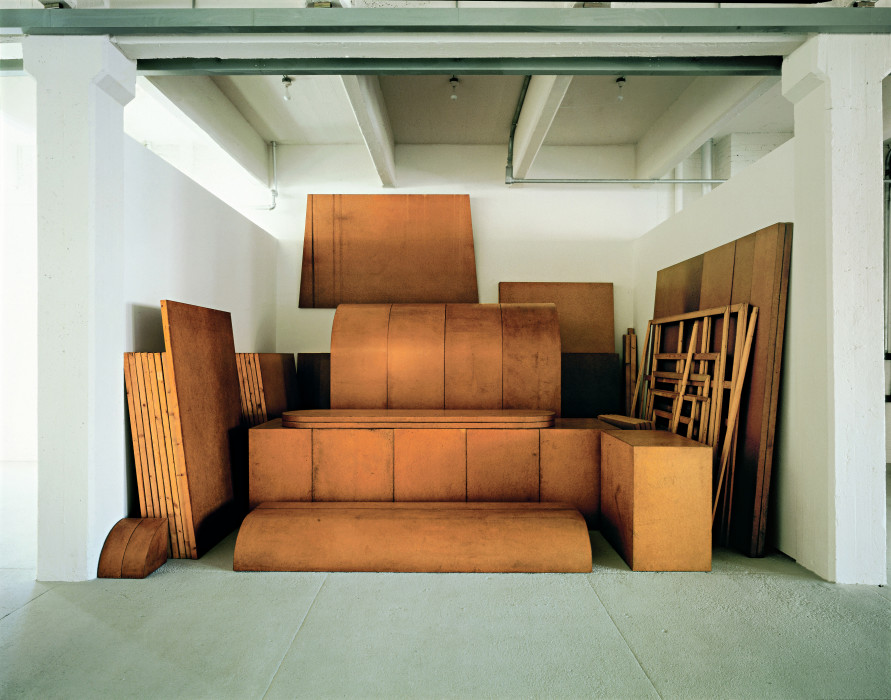On the occasion of Dia Beacon’s concurrent presentation of works by Imi Knoebel, Charlotte Posenenske, and Franz Erhard Walther, I was invited by Ian Wallace to participate in a two-hour event, Rethinking German Minimalism. The event brought together a new generation of artists and scholars to reconsider the classification of “German Minimalism,” a term used to describe artistic practices that emerged in West Germany during the mid-1960s.
This event reflects Wallace’s long-term engagement with the topic, including aspects of his dissertation written on Charlotte Posenenske at the City University of New York. According to Wallace, the work of Knoebel, Posenenske, Walther, and their contemporaries engaged with Minimalist art from the United States through the use of industrial materials and processes, a reduced geometric vocabulary, the serial repetition of forms, and an emphasis on embodied relationships to sculpture. However, the work of these German artists can also be distinguished from US Minimalism in various ways, as the latter is traditionally understood through the abstract theoretical discourse of phenomenology.
Going beyond simple morphological comparisons, this symposium considered defining features of Knoebel, Posenenske, and Walther’s practices that depart from United States models. I was fortunate to join a panel of art historians and practicing artists who discussed an alternative historical view of German art of the 1960s and a new understanding of its relevance to contemporary artistic practices. The speakers included Gordon Hall, Hanna B. Hölling, Colin Lang, Gregor Quack, Michael Sanchez, and Sung Tieu, with Ian Wallace serving as the moderator. Ian Wallace is the 2020-21 Andrew M. Mellon Curatorial Fellow at the Dia Art Foundation.

